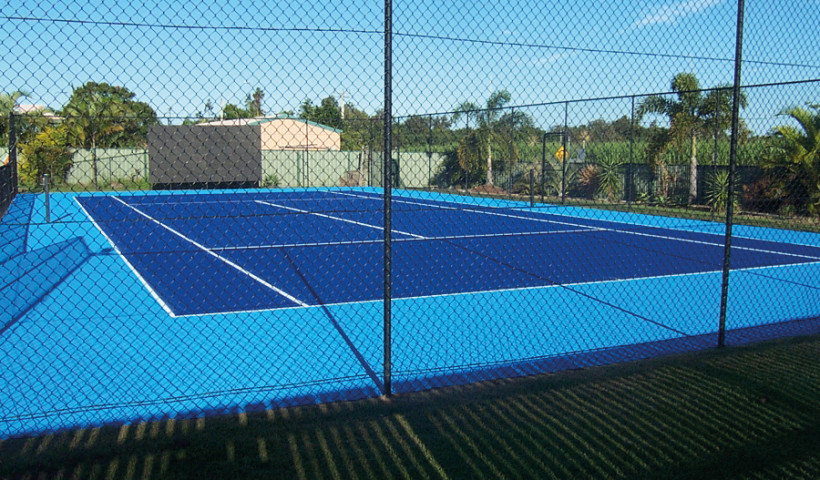 NEW
NEW
Since the 1950s, when it introduced waterborne paint to a market starved of quality products, Resene has developed an extensive range of quality paints and specialist coatings.
Along with this technical innovation, Resene has always been keenly aware of the need to reduce the risk products may present to customers and the environment, long before it became topical. Not only did the basic innovation of Resene waterborne paints reduce the level of toxic solvents, but other steps such as the removal of lead from Resene decorative paints in the late 1960s have been well ahead of their time. As paint ingredients have been identified as causing concerns for health, Resene has always immediately put into place research to identify safer paint ingredients.
Imagine if you can using a vermilion paint coloured by pigments made from a mercury compound to paint your bathroom, or perhaps choosing a green paint containing arsenic to finish the fence painting. Both scenarios are ridiculous to contemplate today, yet were commonplace less than a century ago.
Paint manufacturing has certainly come a long way since then, with toxic substances such as mercury, arsenic and, more recently, lead no longer acceptable ingredients in the paint chemist’s repertoire.
These restrictions are just the tip of the iceberg. Recent attention has focused on the effect of volatile organic compound (VOC) emissions on our environment. It is estimated by the Paint Quality Institute that 10% of the ozone depleting substances in the urban United States are a direct result of VOC emissions from surface coatings, including mainly standard household paints.
In response to growing concerns over VOC emissions, the Environmental Choice programme focuses on the need to reduce these emissions. Solvent-borne paints release significantly more VOCs per litre than waterborne paints, spurring Resene chemists to develop waterborne replacements for solvent-borne products.
Trim, joinery and wet areas were traditionally no-go areas for waterborne paints due to a tendency to soften under prolonged exposure to moisture and poor block resistance (the ability of a paint to not stick to itself when two painted surfaces come into contact).
Resene’s introduction of waterborne enamels in 1996 – Resene Enamacryl and Resene Lustacryl - was a breakthrough, offering a viable alternative to solvent-borne products. And customers clearly agreed – less than five years later, Resene Enamacryl and Resene Lustacryl easily outsold their solvent-borne equivalents. The waterborne enamel range has now been extended to include Resene SpaceCote Low Sheen and Resene SpaceCote Flat for interior use on broadwall, wet areas and trim and joinery.
Focused research and development led to already low-odour Resene Zylone Sheen being launched in a VOC-free version, Resene Zylone Sheen VOC Free, in 2007. Resene Zylone Sheen VOC Free combines all the benefits of the popular Resene Zylone Sheen with no added VOCs. Resene also pioneered Resene Non VOC tinters, enabling a full spectrum of colours to be achieved without adding unwanted VOCs.
Today, less than 8% of the decorative paint sold by Resene is solvent-borne, while average per-litre VOC levels of Resene decorative paint sales have dropped by over 90% since 1980, clearly demonstrating Resene’s commitment to proactively develop and launch environmentally preferable waterborne technologies to the market.
Environmental Choice
Resene is well-known for its role in introducing waterborne paint to the local market in the 1950s and for its groundbreaking move to remove lead from its decorative paint products in the late 1960s. Joining the Environmental Choice programme in 1996 was another logical step, reaffirming the company's commitment to the environment.
Joining the Environmental Choice programme also gave Resene the impetus to solve a common headache for customers caused by strong-smelling paint, by removing virtually all odorous material from popular Resene interior finishes such as Resene Zylone Sheen, giving users high-quality products without strong-smelling solvent odours. The end result? Users could paint interior areas and put the area back into service almost immediately, rather than waiting for days for the strong odours to disappear.
The incidence of headaches, asthma, nausea, respiratory complaints and allergic reactions can also be easily reduced by simply choosing to use a low-odour paint. While Resene paint odour levels are not high, the patented low-odour technology provides more pleasant working and living conditions for those sensitive to paint odours during painting.
The second part of the solution was to introduce waterborne products that could be used in place of solvent-borne products, such as Resene Enamacryl and Resene Lustacryl. Today these products have been joining by Resene SpaceCote Low Sheen and Resene SpaceCote Flat waterborne enamels, bringing enamel-style toughness to interior broadwall and wet areas without the unwanted solvents and high sheen levels associated with solvent-borne paints that were previously used in these areas.
With these products, customers reap the benefits of easy water wash-up, lower odour and a fraction of the VOCs of the solvent-borne products they were traditionally forced to use for wet areas, trim and joinery.
Resene's policy covers a comprehensive range of waterborne primers, undercoats, topcoats, pigmented and clear coatings, mastics and specialised waterproofing and textured coatings. Resene can offer an environmental choice for almost all painting situations.
Resene's Environmental Choice products are from the existing range of Resene paints, confirming the company's commitment to quality and reaffirming that you don’t need to sacrifice quality and sustainable product performance to get an environmentally preferable option. Resene products are formulated with high-quality ingredients and manufactured to strict specifications, then tinted when required with highly concentrated non-VOC tinters to provide the desired colour solution without significant loss of paint performance.
The quality of the tinters and tones allows the same spectrum of colours to be supplied for both interior and exterior use, with most colours requiring only two topcoats to cover.
More Than Just Green Product
Resene strongly believes that it is better to apply a high-quality product that will last than apply an inferior product that will break down faster, impacting on the environment and requiring more frequent maintenance and repainting. Tailoring products to conditions allows Resene to provide a comprehensive range of paint-system solutions from products through to accessories to ensure the paint system performance and lifetime is maximised, including a specialist range of primers and sealers to treat the surface conditions prior to the application of the desired topcoats. Focusing on fit for purpose and delivering paint systems that work with the substrate and the environment means things get done right first time, minimising wasted resources when the wrong paints are specified or applied.
Resene critically evaluates key raw materials and the manner in which they are sourced and is prepared to pay a premium for ingredients that have demonstrably least impact on the environment, such as titanium dioxide that could be sourced from developing countries with more wasteful processing techniques, but instead is purchased more expensively from manufacturers who use least-waste methods. Resene wash solvents are recycled to avoid waste, while waterborne factory wash water is reused as a priority and what cannot be reabsorbed into the manufacturing process is treated in a specialised plant.
And Resene is developing new paints based on raw renewable materials, such as Resene Earthsense Ceiling Paint.
Sustainability is more than just green products and sustainable product performance, it is also focused on effectively and efficiently conducting business while minimising negative impacts on the environment. Resene continually works to improve all site operations, from providing secure bunding in the main factory site to having individual spill kits available in Resene ColorShops to ensure any accidental spills are quickly contained.
Resene innovations, such as waterborne enamels, highly durable Resene Non VOC tinters and the Resene CoolColour range, all improve the durability and performance of the paint system. Resene CoolColour technology formulated into exterior paints enables them to reflect heat that would normally be absorbed, reducing stress on the substrate and coating, while minimising the air conditioning costs required to keep the building at a constant comfortable temperature during the hot summer months.
Resene has also worked to provide clean-up methods for those using our products. We provide information to painters on the two-container wash system, and for those painting on commercial sites offers the Resene WashWise reclaimer system, designed to separate out tool-wash water, enabling the water to be reused.
Sustainable decorating is more than just choosing an Environmental Choice-approved paint. It is also making sure that it is applied in an environmentally responsible manner, following sustainable principles. The Resene Eco.Decorator programme has been designed to recognise a nationwide network of environmentally responsible, quality-focused painting contractors. Painting contractors can choose to undergo assessment for the Resene Eco.Decorator programme, which includes assessments of principles in practice, sustainable work practices, waste management, project plans and project sign-off processes. Only contractors who successfully meet these standards can promote themselves as an authentic Resene Eco.Decorator.
Resene proactively prints colour charts, labels and promotional materials on sustainable paper stocks. Resene colour charts are finished in Environmental Choice-approved Resene SpaceCote Low Sheen, Resene SpaceCote Flat, Resene Enamacryl Metallic and Resene Non-Skid Deck & Path, while the remainder are finished in waterborne finishes. Not only do the Resene paints give a truer representation of the actual colour, but they also reduce solvent emissions compared to traditional solvent-borne lacquers often used in international colour-chart production.
Improved Working Environments
Improved working environments lead to improved concentration levels and a greater feeling of wellbeing for users, as well as placing less stress on the body’s natural defences.
Improvements in the quality of the working environment benefit those who are most at risk through handling the product every day. This is highlighted by the inclusion of the Resene Decorator trade range of paints in the Environmental Choice NZ programme.
Just as our customers call Australasia home, so do we. Therefore it is central to our way of operating that we continuously strive to reduce the adverse effects of paint on the environment. Choose to specify and use Environmental Choice products wherever you can and help Resene keep the environment green. Look for the EC logo on our product data sheets and paint containers - it is confirmation that the product meets the requirements of the Environmental Choice programme.
Paint Recovery
Recognising that environmentally friendly products are just one piece of the sustainability matrix, Resene launched the Resene PaintWise programme in 2004, focusing on delivering unwanted paint and paint packaging recovery services and education to minimise the impact of paint wastes on the environment.
Over 1 million packs and 1 million litres, over 500,000 packs were collected from Resene ColorShops and a further 150,000 kg from the council depots. Of this, over 250,000 kg of steel was recycled, over 200,000 litres of solvent-borne paint was sent to solvent recovery so the solvents could be reused, and over 100,000 litres of waterborne paint was donated to community groups. Other waterborne paint is being used and held for the PaintCrete application where waste paint is used as an additive in concrete manufacturing.
The programme doesn’t stop there though. The Resene PaintWise service is proactively being expanded to make paint and paint-packaging recovery a reality for more and more paint users.
The future is greener than ever before
Resene has provided paint specifications and systems to a wide range of Green Star-certified projects, drawing on the extensive Resene range of Environmental Choice and low- and no-VOC paints. Resene's commitment to initiatives such as Environmental Choice and continued investment in research and development will ensure that safer professional-quality paints are available to everyone and that the potential detrimental impact of paint wastes is minimised. Resene is committed to making sustainable products, homes and buildings available to all.
Intensive ongoing research will also enable Resene to offer consumers an even greater choice in selecting paint systems. In its quest for excellence, Resene will focus on providing premium-quality paints that are safer and less hazardous. That is why Resene paint truly is the paint the professionals use.








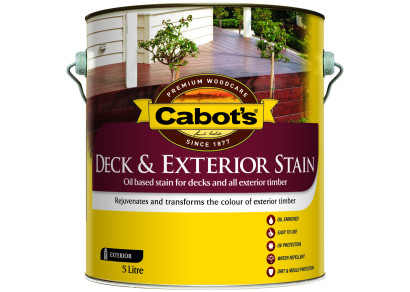



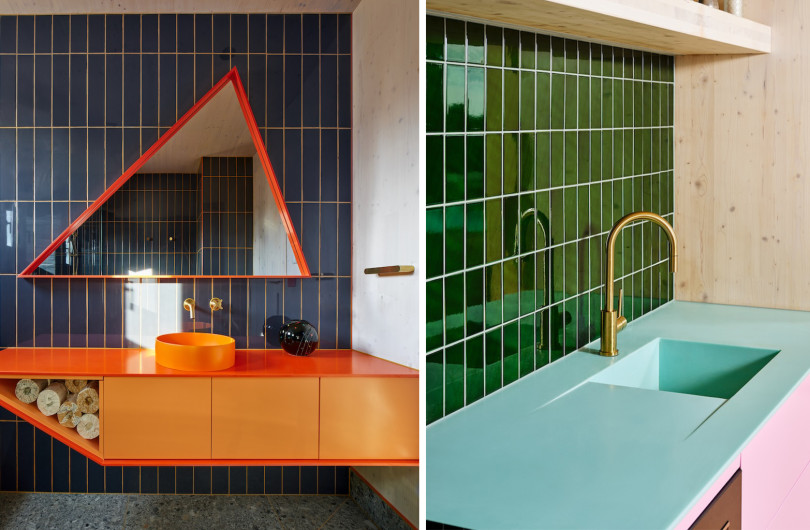
 Case Studies
Case Studies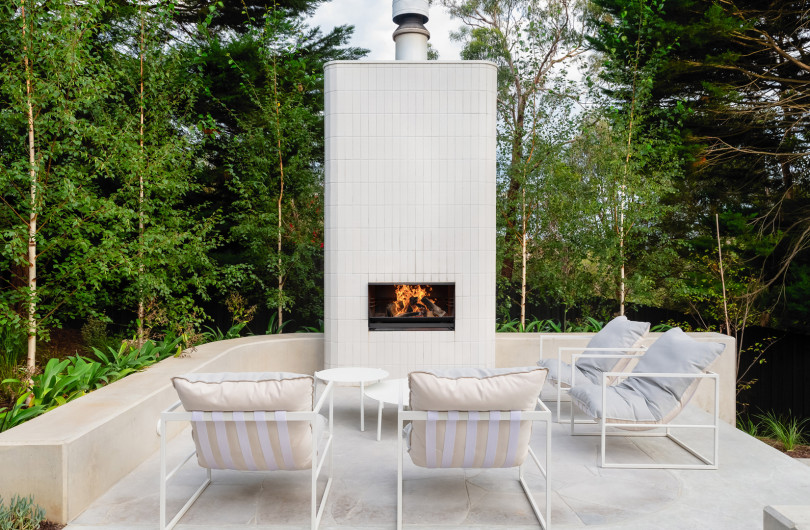





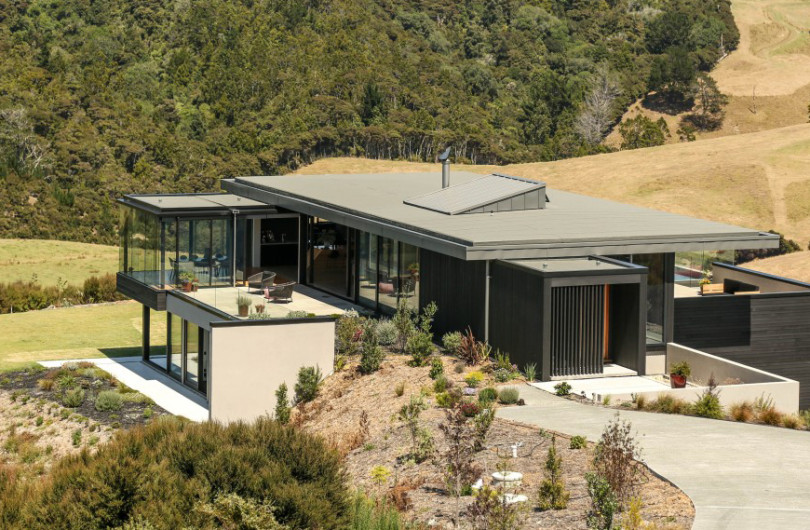


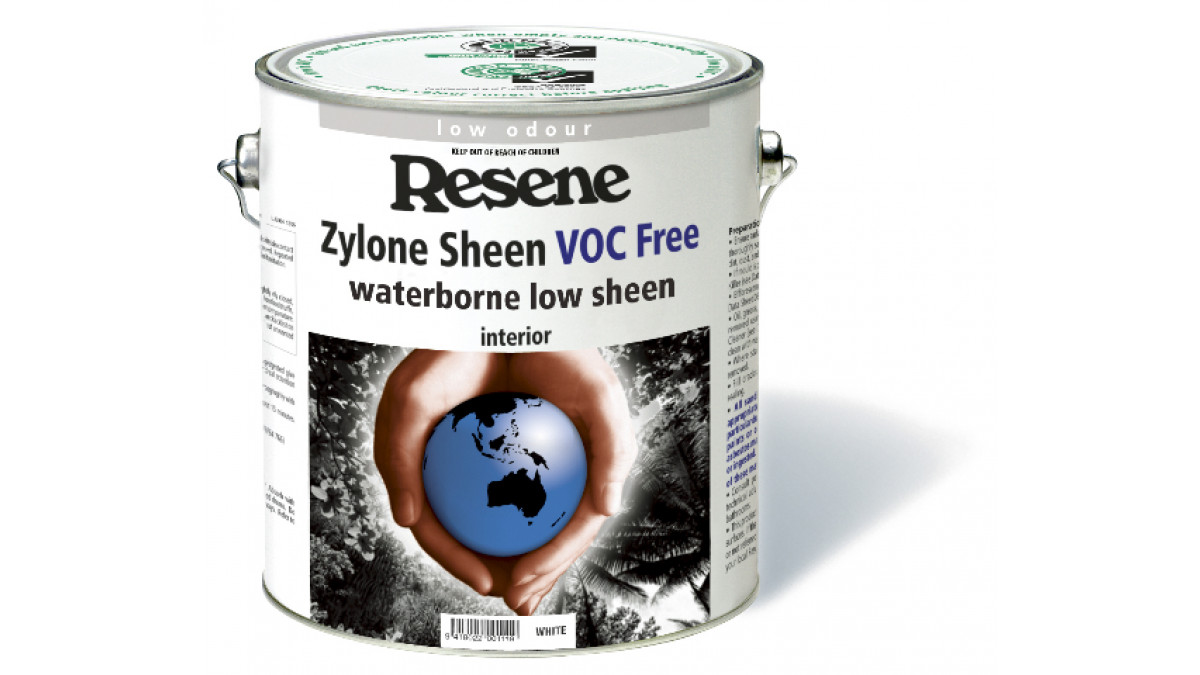
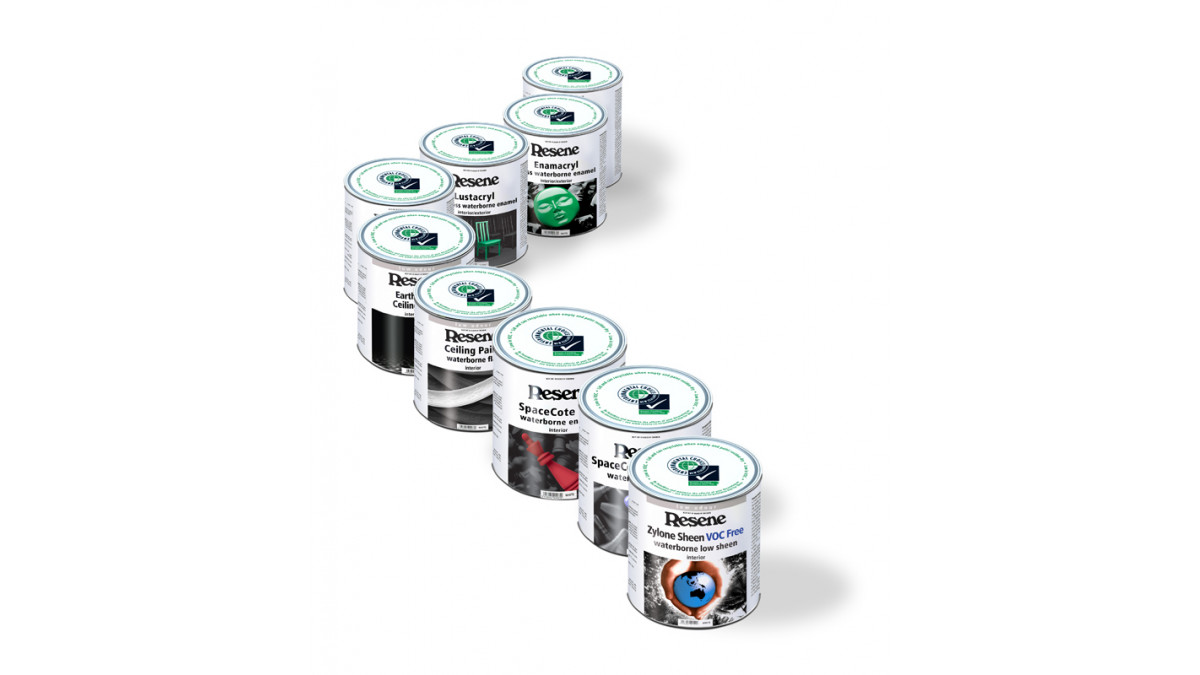



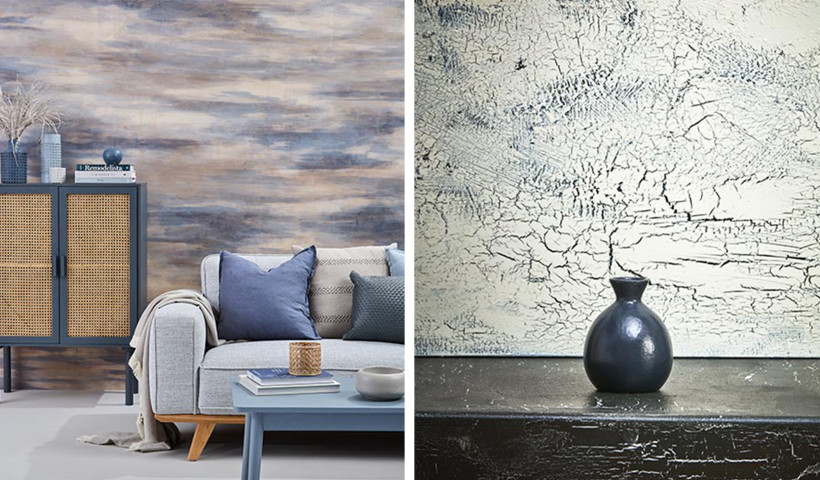

 Popular Products from Resene
Popular Products from Resene


 Posts by Resene Technical
Posts by Resene Technical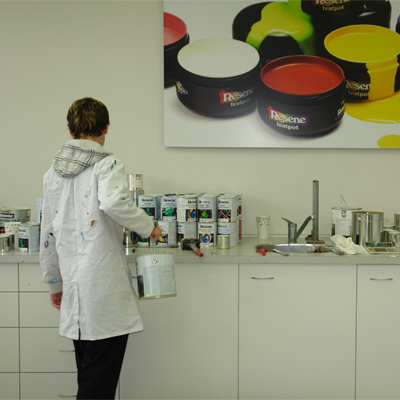
 Most Popular
Most Popular



